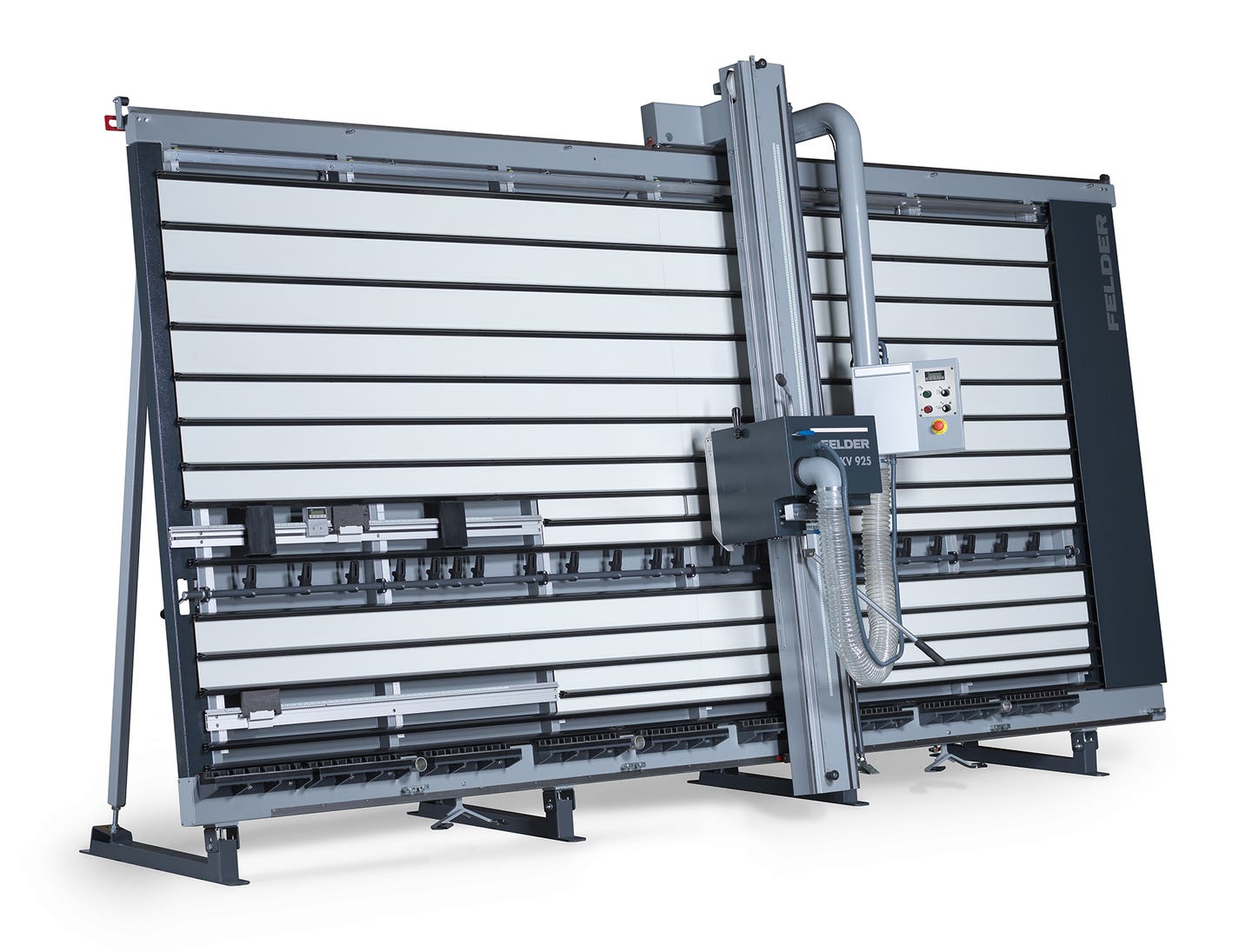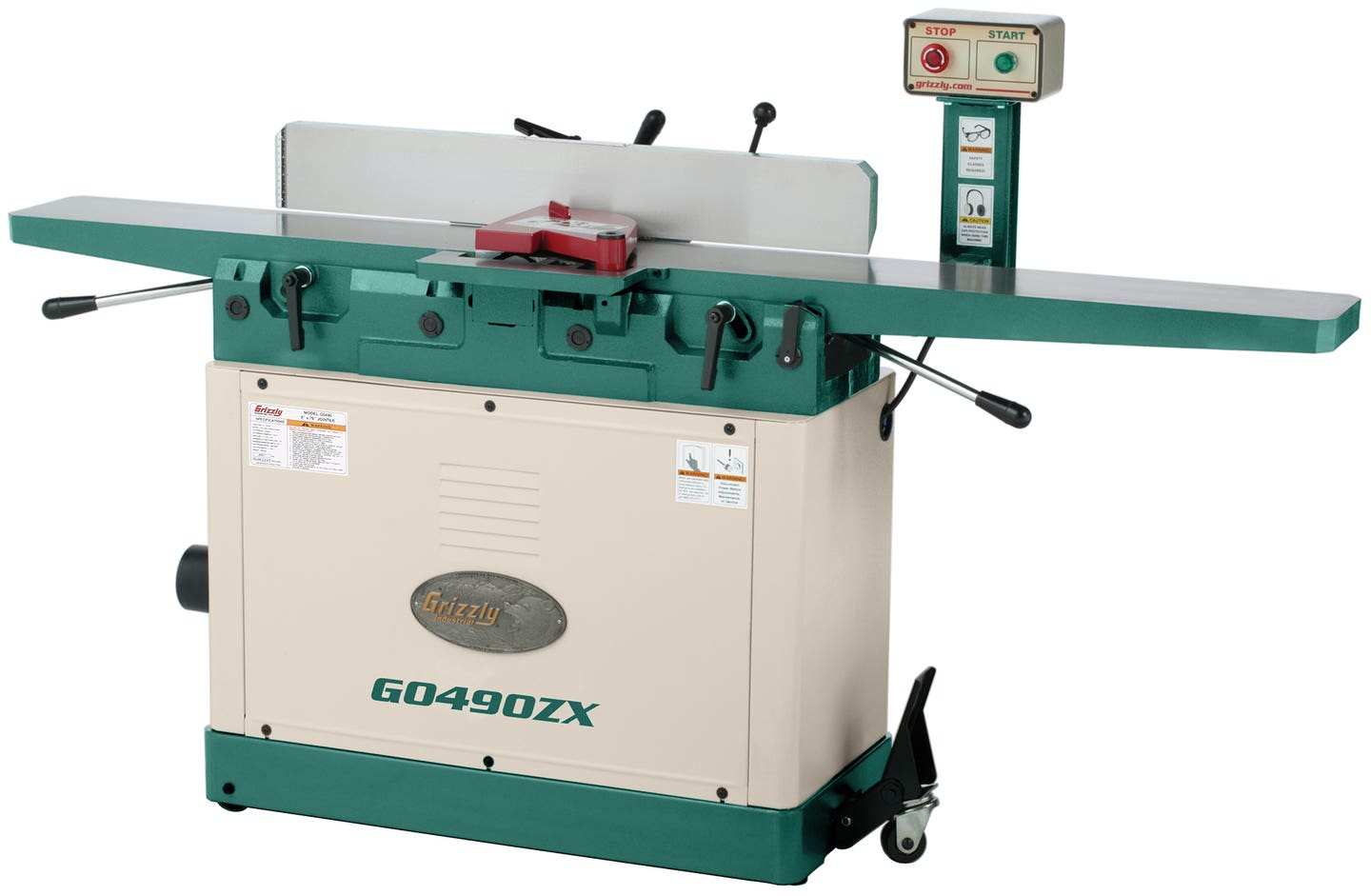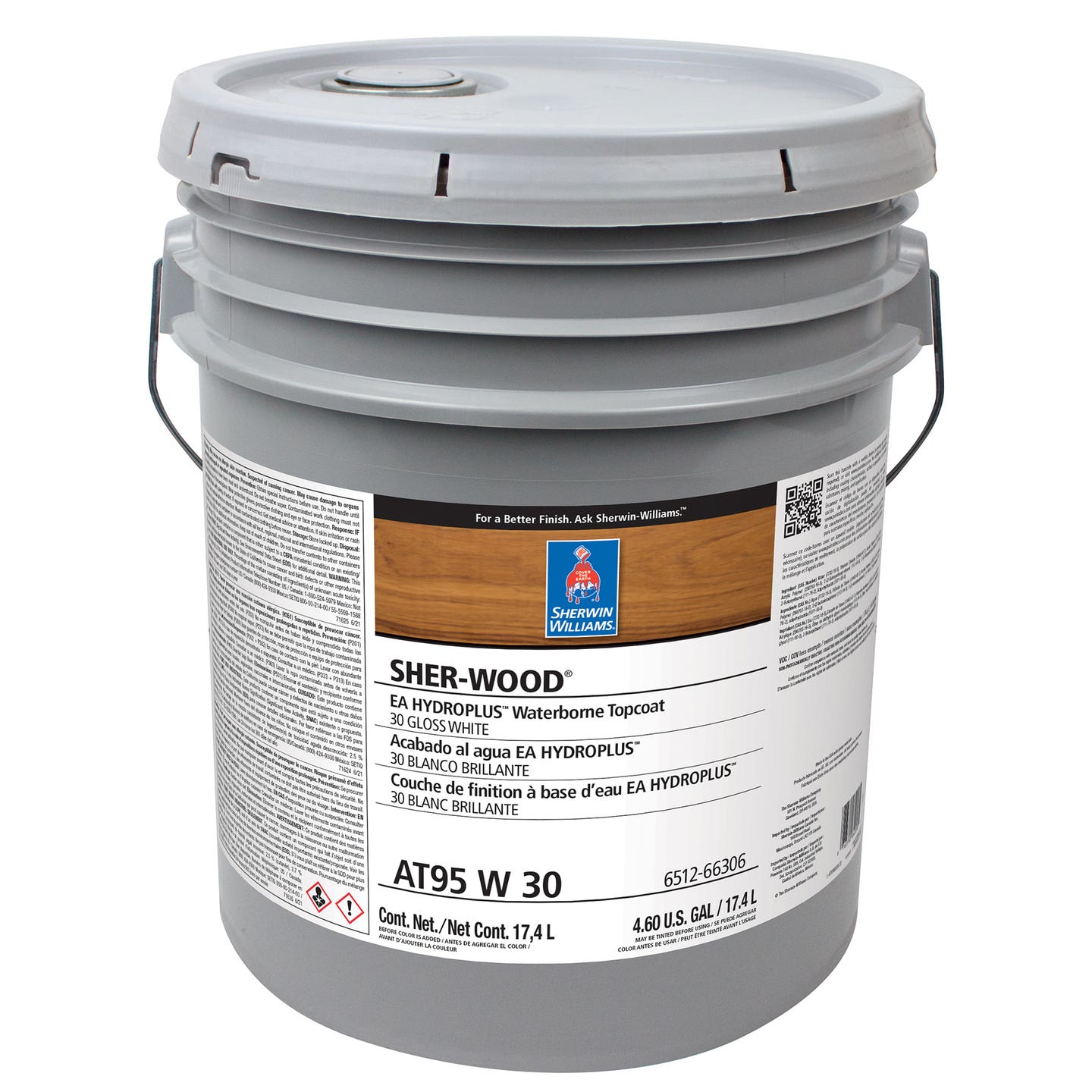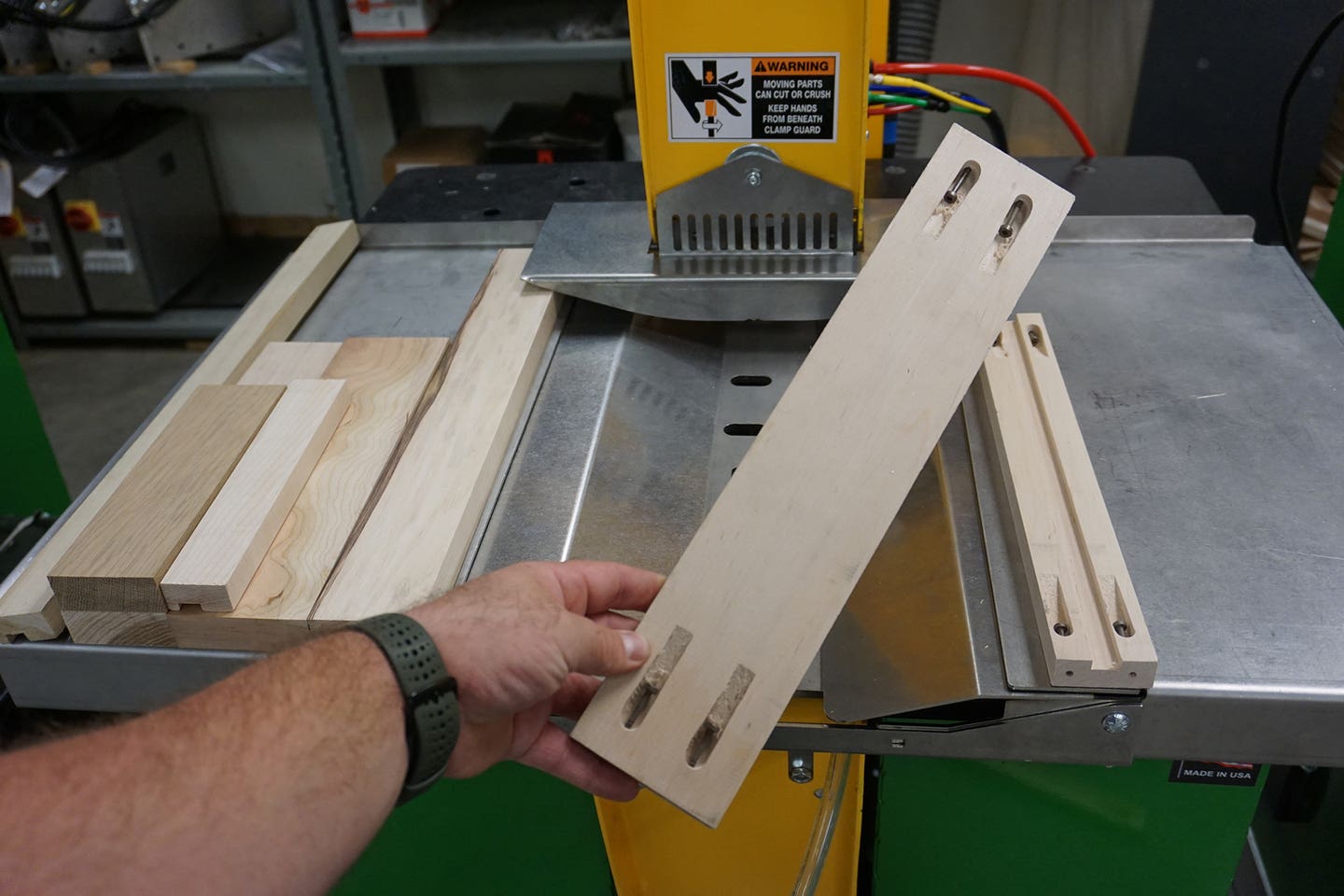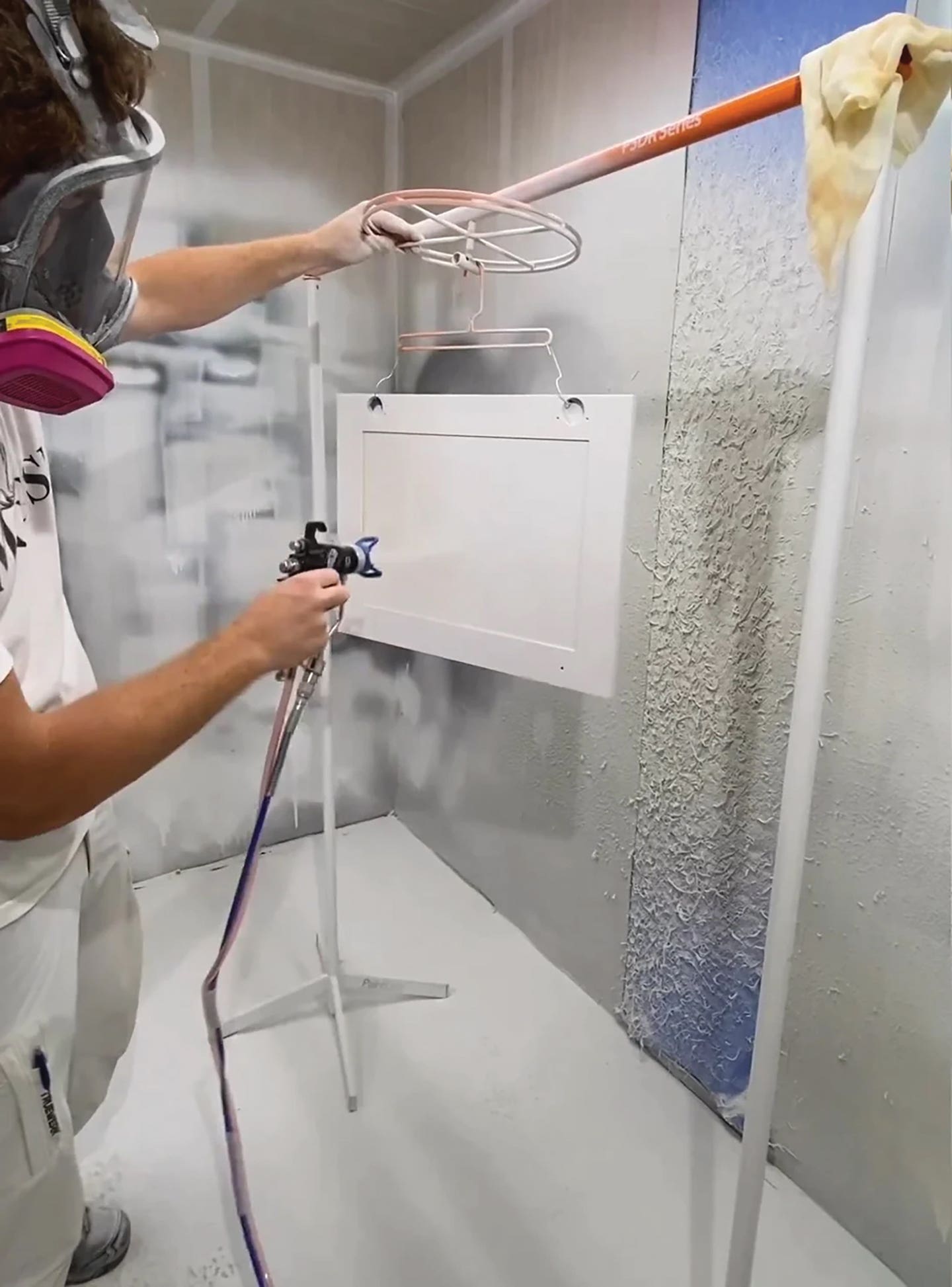TigerScan: more production and less waste
TigerStop, a manufacturer of automatic stop/gauge and pusher systems, has added the TigerScan, a push feed optimizing system designed to increase production while reducing waste in shops that make windows,…
TigerStop, a manufacturer of automatic stop/gauge and pusher systems, has added the TigerScan, a push feed optimizing system designed to increase production while reducing waste in shops that make windows, face frames, cabinet doors, passage doors, and furniture parts, for example. TigerScan optimizes material, counts pieces, and gives the right length and quantity.
“The TigerScan uses the same non-contact defect-marking system as the TigerSaw,” says Erland Russell, spokesman for TigerStop. “Instead of using a crayon mark, we use a laser range finder to identify where all the knots are. With our system of laser marking, you can tell the computer where all the defects are by marking the beginning and end of each defect. The machine collects that information and identifies where the board should be cut and how to get the best yield.”
TigerScan works in a multistep process. First, the operator enters a cut list manually into the machine’s controller or downloads it from an office PC or laptop.
“We have our downloading optimizing software and the official name is Workflow Manager, and that is software that goes on the PC in the office,” Russell says. “You can take any of the typical cabinet design programs, CabnetWare, Cabinet Vision, KCDw, you name it, and we will take that information and then go to Workflow Manager and you pick up that file. It translates all that data into ‘Tiger’ language.”
Once the cut list is selected at the controller, the operator places the first piece of stock on the scanning supports of the 12' bed. The stock length and location of each defect is noted by breaking a laser beam with a paddle.
“When the operator calls up a cutlist, the first thing it says is ‘Give me the stock length.’ So he scans it, gives it the stock length and it goes ‘beep’ and then it comes to the defect — the first side of the defect is a single beep and when he’s on the other side it’s a double beep,” Russell explains. “Unlike crayon marking, if I made a mistake, all I have to do is go back past the last mark I made or whatever mark I want [and] I get three beeps, which means all has been erased. When you stick the paddle at the end of the board, it gives you three beeps. Besides the audio, there is a visual, a light, because in a noisy environment you may not hear the beeps, but you’ll see the light.”
The TigerScan uses a manual chop saw with its automatic stock feeder. Once the board has been scanned, the operator hits a start button and the machine figures how best to use the stock length against the part list. The machine pushes the material for the first cut and, as the operator makes each cut with the chop saw, the TigerScan continues to automatically push the material through so additional cuts can be made. As each cut is made, the parts are counted and a unique label is printed for easy sorting and assembly.
“The best thing about this product is in the market of defect-optimizing systems, where you mark the board and the board is pushed automatically through the cutting area. It allows the market to have a system they can afford and yet get all the benefits of the larger defect-optimizing systems,” says Russell. “Defect-optimizing systems range anywhere from a very basic system, from $65,000 up to $200,000. There’s nothing in the bottom of the market for those people who don’t have $65,000 to $200,000 to spend. So it allows them to get all the benefits of defect marking and still be able to operate at a lower cost.”
The TigerStop has a price tag of $22,000, which includes everything but the chop saw. The company sells CTD chop saws as an option. Russell says people need to understand how the TigerScan can quickly make itself profitable.
“With this system, you get rid of setup time. That keeps the guy in front of the saw. You give him 100 percent accuracy, plus or minus .004", which is better than anyone in the woodworking industry can think of. You also eliminate rework. Any job that goes through that work center doesn’t get rework because all the parts were cut accurately. Then you get increased productivity. You will double or triple the output of that particular person or that particular work center by using the TigerScan machine. And the final thing is that you get improved yield. You are going to get more wood out of every single board that you can send to your customer, and less wood going into the dumpster that you don’t get paid for.
“You get anywhere from 5 percent up to 30 percent improvement in yield. All of the money you save in those five steps goes straight to the bottom line. That’s why you spend $22,000 and have a payback in six to 12 months, depending on how aggressive you use it.”
Contact: TigerStop, 12909 N.E. 95th St., Vancouver, WA 98682. Tel: 360-254-0661, www.tigerstop.com
This article originally appeared in the April 2009 issue.



